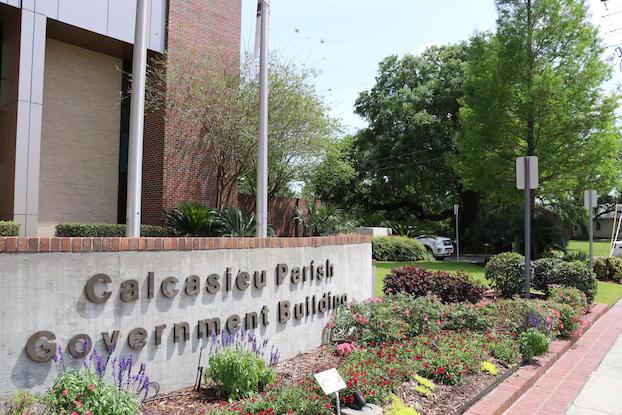Police Jury considers increases to grass ordinance fees
Published 8:00 pm Friday, July 19, 2024
Letting the parish worry about mowing the grass could cost property owners more in the future. The Calcasieu Parish Police Jury is considering increasing fees. They will vote on the matter at the August 22 meeting.
At its Thursday meeting Wes Crain, director of planning and development, told jurors the parish hasn’t raised its grass-cutting and administration fee prices since 1985.
“My staff has brought it to my attention that there have been issues with citizens saying, ‘OK, let the parish do it,’ ” Crain said. “This is not a service. It’s a penalty. It is a violation of the ordinance. We need to increase these fees so it’s a deterrent, so people will cut their grass.”
Currently, the charge is $65 to $105 for a previously maintained lot, $80 to $150 for an overgrown lot and $110 to $200 for a densely overgrown lot. The penalty was $25.
“Back then, that was pretty high and we were getting compliance,” Crain said.
The new proposal describes category A as an urban/suburban lot in a subdivision neighborhood, “a straight cut,” no structures on the land. The minimum price would be assessed for one acre or less. Over one acre, the fee will be rounded up to the next quarter acre. For example, if the lot size was 1.7 acres, the price would be $225 x $1.75 = $393.75 plus $150 admin/penalty for a total of $543.75.
Category B property is larger and may have improvements, for instance a house or mobile home on the property. Category C property could be denser, larger and may require bush hogging, according to Crain.
The department is proposing the following new ranges, $175 to $225; $200 to $275 and $275 to $375. The admin fee/penalty will be $150, with repeat offenders within a 12-month period to pay $300.
Crain explained how the notification, grass-cutting and admin collection works. A letter goes out to the property owner who is given 15 days to cut grass. If the grass isn’t cut, the contractor is sent out to cut it. The property owner is invoiced. If the invoice is not paid, a lien is placed on the property.






